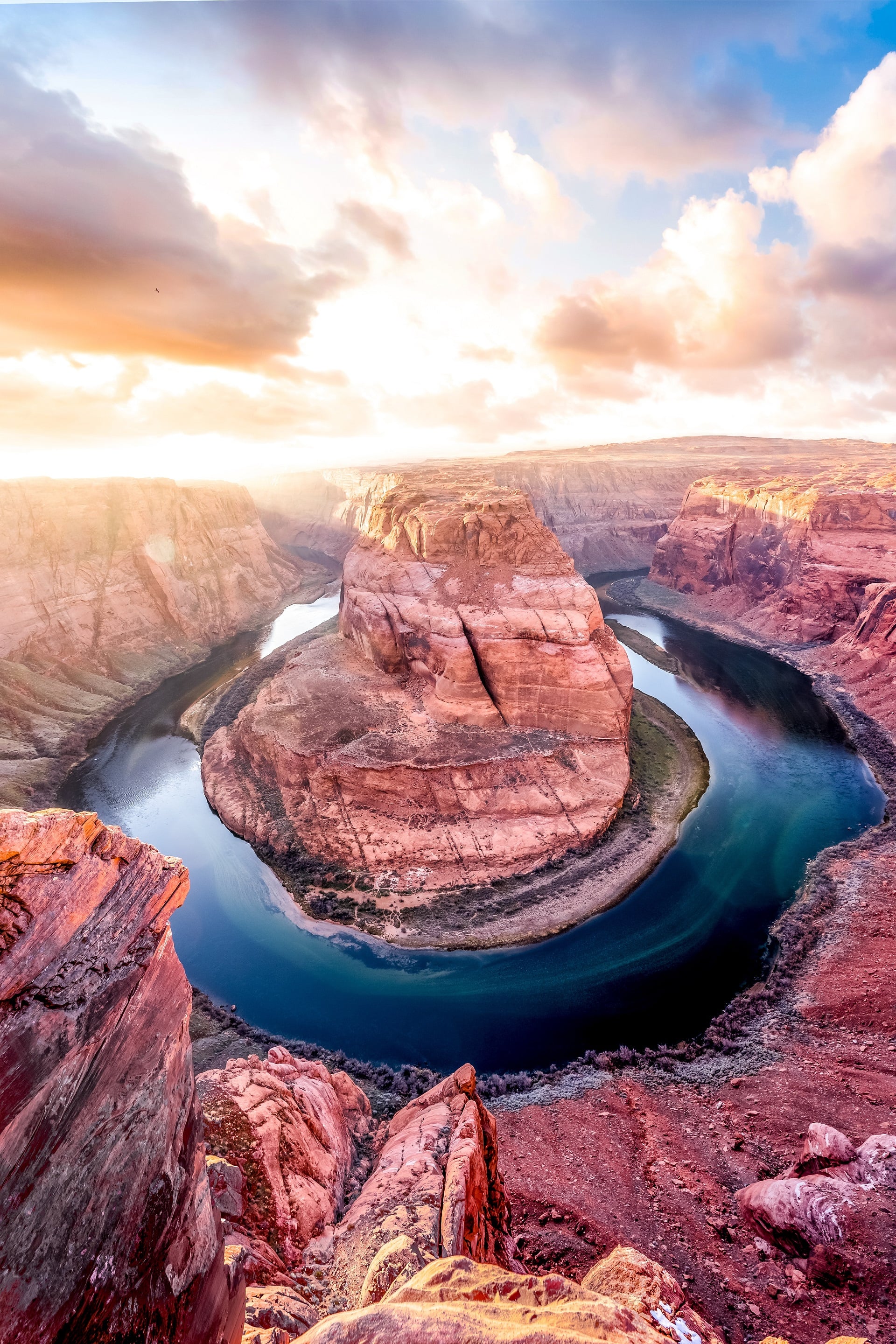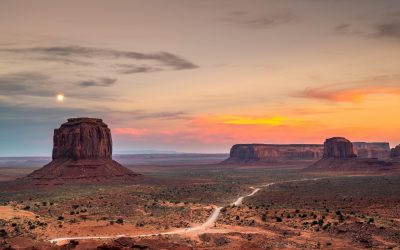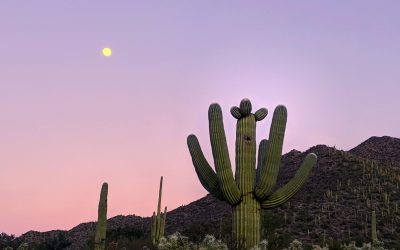Welcome to the heart of the Southwest! Tucson is not just a city within the state of Arizona; it’s a vibrant community pulsating with life and culture. As you embark on your journey to explore the geographical nuances of the region, you may find yourself pondering, “how far is Tucson from Arizona?” The answer is quite simple: Tucson is an integral part of Arizona, located in the southeastern part of the state. It’s a question that often confuses visitors, as Tucson is inseparable from Arizona, being one of its most prominent cities.
Whether you’re a long-time resident or a curious traveler, understanding Tucson’s location is essential for planning your adventures. From the iconic saguaro-studded landscapes of the Sonoran Desert to the bustling streets of downtown, Tucson offers a unique slice of Arizona’s diverse tapestry. Immerse yourself in the rich history, outdoor activities, and cultural events that this region has to offer.
Are you ready to discover more about Tucson’s place in the grand scheme of Arizona’s geography? Visit our website to learn more and get started today! Click here.
Exploring the Heart of the Grand Canyon State

Delving into the essence of Arizona, you’ll find Tucson nestled like a gem in the vast expanse of the Sonoran Desert. This city is often referred to as the heart of the Grand Canyon State, not only because of its geographical location but also due to its cultural significance and the natural beauty that surrounds it. The desert terrain is rich with a variety of cacti, including the iconic Saguaro, and wildlife that is unique to this part of the world.
As Tucson is enveloped by mountain ranges, including the Santa Catalinas, Rincons, Tucsons, and the Santa Ritas, the city boasts a dramatic backdrop that beckons outdoor enthusiasts. These natural features provide locals and visitors alike with a playground for hiking, biking, and exploration. The diverse landscape transitions from arid desert to lush forests as you ascend the sky islands, offering a multitude of ecosystems within a short drive from the city center.
The cultural heartbeat of Tucson is just as compelling as its natural splendor. Home to the University of Arizona, the city thrives with educational pursuits and innovation. Arts and culture flourish here, with numerous galleries, theaters, and museums that celebrate both the region’s rich heritage and contemporary creativity. The blend of Native American, Spanish, Mexican, and pioneer influences is evident in the local architecture, cuisine, and festivals, making Tucson a microcosm of Arizona’s diverse character.
Tucson’s Proximity to Arizona Landmarks

When considering Tucson’s proximity to Arizona’s renowned landmarks, it becomes clear why the city is a strategic starting point for adventurers and history buffs alike. Just over an hour’s drive north, the colossal Saguaro National Park lies in wait, offering a spectacular display of native flora and fauna and the chance to witness the grandeur of the Sonoran Desert’s most famous inhabitant, the Saguaro cactus.
Further afield, the historic town of Tombstone, a relic of the Wild West, is less than a two-hour drive from Tucson. It invites visitors to step back in time and stroll through the O.K. Corral, famous for the legendary shootout involving Wyatt Earp. Venturing west, approximately a three-hour journey will take you to the artist enclave of Bisbee, where the creative spirit is as deep as the copper mines that once made the town thrive.
For those willing to extend their travels, Tucson is also a gateway to some of Arizona’s most awe-inspiring natural wonders. The majestic Grand Canyon, one of the Seven Natural Wonders of the World, is a four-hour drive to the north, presenting breathtaking vistas and hiking opportunities that draw visitors from around the globe. Closer to the heart of Tucson, the Kartchner Caverns State Park can be reached in just under an hour, allowing explorers to marvel at its extensive limestone cave system adorned with stunning stalactites and stalagmites.
Each of these landmarks encapsulates a facet of Arizona’s vast cultural and natural diversity, with Tucson providing a central hub from which these treasures can be discovered. The city’s strategic location makes it an ideal base for those eager to experience the Grand Canyon State’s most cherished sites.
Traveling Within Arizona: Tucson’s Accessibility

Traveling within Arizona, Tucson emerges as an exceptionally accessible city, thanks to its well-connected transportation infrastructure. The city serves as a central hub, with Interstate 10 running directly through it, linking travelers to Phoenix to the north and towards New Mexico to the east. This major artery of travel not only facilitates smooth road trips but also supports the flow of goods and services, cementing Tucson’s role as a logistical keystone in the region.
Tucson’s own airport, Tucson International Airport, offers an array of domestic flights, which makes the city readily accessible from all corners of the United States. For those preferring rail travel, the Sunset Limited Amtrak train connects Tucson to Los Angeles and New Orleans, with several stops in between, providing a scenic and relaxing alternative to air or road travel.
Within the city itself, public transportation includes Sun Tran buses and the Sun Link streetcar system, making maneuvering around Tucson both convenient and eco-friendly. The city’s commitment to sustainable transportation is evident in its extensive network of bike paths, recognized as one of the most bike-friendly cities in the country. This dedication to varied and accessible transportation options ensures that residents and visitors alike can explore Tucson and its surroundings with ease.
Whether you’re looking to venture into the surrounding desert landscapes, visit nearby cities, or simply explore the urban charm of Tucson, the city’s transportation network provides a reliable foundation for all your travel plans within the Grand Canyon State.
Understanding Tucson’s Geographic Significance
Understanding Tucson’s geographic significance requires a deep dive into its unique positioning in the Sonoran Desert. Nestled in a valley surrounded by five minor mountain ranges – the Santa Catalina Mountains, the Rincon Mountains, the Santa Rita Mountains, the Tucson Mountains, and the Tortolita Mountains – Tucson is an oasis of biodiversity and natural beauty. This topographical diversity offers a playground for outdoor enthusiasts and lends itself to a variety of recreational activities, from hiking and mountain biking to bird watching and stargazing.
The city’s elevation at approximately 2,400 feet above sea level grants it a slightly cooler climate compared to other parts of Arizona, resulting in a comfortable environment for both residents and visitors. The moderate climate, combined with over 350 days of sunshine per year, makes Tucson an attractive destination for those seeking year-round outdoor adventures.
Tucson’s location has also influenced its cultural tapestry. It is a stone’s throw away from the border with Mexico, which enriches the city with a vibrant mix of influences seen in its architecture, cuisine, festivals, and daily life. The city’s history is deeply intertwined with indigenous cultures, Spanish explorers, and the American West, creating a unique cultural heritage that is celebrated throughout Tucson’s museums, galleries, and cultural centers.
The convergence of its rich history, diverse ecosystems, and geographic advantages has shaped Tucson into a city that is not only a strategic economic hub but also a bastion of southwestern culture. This interplay of natural and cultural elements positions Tucson as a significant geographic landmark in Arizona and the wider region.
A Closer Look at Tucson’s Location Within the State

As we zoom in for a closer look at Tucson’s location within the state of Arizona, it’s evident that the city holds a prominent position both geographically and culturally. Situated about 108 miles southeast of Phoenix, Arizona’s state capital, Tucson is the second-largest city in the state and serves as the hub of the Tucson Metropolitan Area. The city’s strategic location along Interstate 10 connects it to a network of major cities across the United States, from Los Angeles to Jacksonville.
Tucson’s proximity to the U.S.-Mexico border, roughly 60 miles away, positions it as a gateway for international trade and cross-cultural exchange. It’s a cornerstone of the Arizona Sun Corridor, an area expected to undergo significant economic and population growth. Tucson’s location provides easy access to the Port of Tucson, the only full-service inland port in the state, which is a vital component of the region’s logistics and distribution capabilities.
The University of Arizona, located in the heart of Tucson, adds to the city’s geographical importance. As a leading research institution, it attracts students and professionals from around the globe, contributing to Tucson’s reputation as an educational and technological hub.
Visit our website to learn more and get started today! Tucson’s geographical nuances contribute to its charm and are pivotal in understanding the city’s role within Arizona and the Southwest. Whether as a resident, a student, or a visitor, the city’s distinctive location offers a rich tapestry of experiences waiting to be explored.






0 Comments